
Having done over 50 + high altitude treks and climbs which also includes climbing to the highest point in the world – Mt Everest, I have studied, closely observed and even experienced High-altitude sickness or as it’s commonly referred to, Acute mountain sickness. The majority of my climbing & trekking experience at high altitudes has been leading groups of people up mountains, and all these years my team and I have focused more on safety then reaching our goal or destination. A major part of this has been tackling symptoms of high altitude sickness. Through my blog, I would attempt to capture the top 5 tips that I’ve personally used over the years to tackle high-altitude sickness.
High-altitude is usually defined as an upwards of 2500 meters (8000 feet) and its quite common for people to experience high-altitude sickness above this altitude. This condition can happen to anyone and everyone at any point of time, however, if you keep in mind some basic principles or measures there’s a high chance that you could avoid getting mountain sickness. But first, we must know what symptoms to look out for:
Symptoms Of High-Altitude Sickness
While in the mountains any symptom small or big is considered to be that of “Acute mountain sickness” unless proven otherwise. Some of the most common symptoms of AMS are Headache, Nausea and Loss of appetite. In case you have any of these symptoms, it’s important to use an Oximeter and check your oxygen saturation level to ascertain if its AMS or some other cause. Oximeters are easily available these days and you should check with your trek lead if they are carrying one or not.
There are a couple of measures that you should keep in mind before heading for a High-altitude trek.

Adventure pulse High altitude sickness symptoms
Know Your Trek & Itinerary Well
As much as impromptu travelling and trekking plans with a group of friends may excite us while planning for a high altitude trek it’s absolutely imperative to know your trek itinerary and the highest point of your journey in advance. This is important not only to physically prepare well for the trek but also to understand the acclimatization strategy on the trek and how fast are you gaining height.
A basic thumb rule of trekking says that you should not gain more then 300-350 meters of altitude in a day ( about 1000 feet ), and if you do, then you should definitely spend the next day acclimatizing to the altitude These days, most budget operators release short trekking itineraries to cut costs compromising on extra days to acclimatize. So whenever you sign up for a trek, please get on a call with your trek lead to understand the height gain and acclimatization process.
Keep Fit & Prepare Well
Even though there is no direct or scientific co-relation between high altitude sickness & one’s fitness levels, in my personal experience I strongly believe that the fitter you are, the lesser the chances of you suffering from Acute Mountain sickness. A simple example of this would be if you don’t get exhausted while on the trek, you would be able to breathe normally and your body will get the oxygen it needs. Thus, there is a very high chance that you would not feel any symptoms ( especially headache ), on the other hand, if you are getting exhausted and gasping for breath every now and then your body is not able to absorb the oxygen it needs and this lack of oxygen is likely to cause a headache at the end of the day. The above is just a personal view by experience and not a scientific or medical point of view.
Maintain A Constant but Slow Pace
One of the most frequent questions we get asked by people who sign up for a trek with us is – What is the pace I should walk at? Well, the answer is simple – “The best pace to walk in the mountains is YOUR PACE”. Always remember that a trek in the high altitude is like a marathon and not a sprint. Often under the peer pressure of keeping up with the group, one may walk faster than their usual pace exhausting themselves in the process.
Trekking and climbing are not spectator sports and there are no prizes on the finish line. A successful trek is defined as one in which you finish your trek safely and are back home healthy. The pace should be comfortable for you and not for your group. On a long trek, it’s essential to find your own comfortable pace, avoid long breaks and get into a rhythm which would not be very exhausting.
Drink Plenty of Water
If there’s one single most important thing that one can do to prevent acute mountain sickness, It is drinking lots & lots of water. Usually, in high altitude, an average of 4- 4.5 litres a day is recommended. This can often get difficult and get neglected as its cold in the mountains and one may not feel as thirsty because of the weather conditions, Also while trekking, it may get a little cumbersome to stop and drink water again and again especially if you have got into a rhythm of walking, however since your body is working harder as compared to in the plains, its imperative to keep hydrating.
A personal mantra to get drink 4 litres of water a day is – to finish one litre in the morning before you head out for the day, consume 2 litres while on the trail and the last litre after you reach your destination of the day. Water can be in any form such as tea, coffee, soups and other hot beverages. The imperative thing is that you get the water regardless of how.
Look Out For Each Other
Constantly communicating with your trek lead and your team members is one of the most important aspects of a high altitude trek. Always share any symptoms you may experience with your trek lead and keep looking out for your team members as well. There have been numerous cases of trekkers hiding symptoms resulting in a disastrous situation later which could have been easily avoided if they would’ve let their team leads or friends know about how they are feeling. Discussions like – “ Wanting to finish the trek at any cost “ or “ I have come so far, I am not going back now “ can often jeopardize the safety of the entire team and should not be entertained in case the person is showing signs of high altitude sickness. Remember the mountain will always be there, but at no cost should you compromise on your health.
From personal experience, the above steps have always helped me acclimatize well which is the key to not having high-altitude sickness and to be able to enjoy your trek. We at Adventure Pulse always recommend our clients also to follow these small but effective tips and have been able to maintain 100% safety record on all our treks which includes taking a 6-year-old boy and a 72-year-old gentleman to the Everest Base camp and a 9-year-old boy to the Summit of Kilimanjaro. One more important point that I would like to touch upon before I end this blog – is about the use of DIAMOX (Acetazolamide).
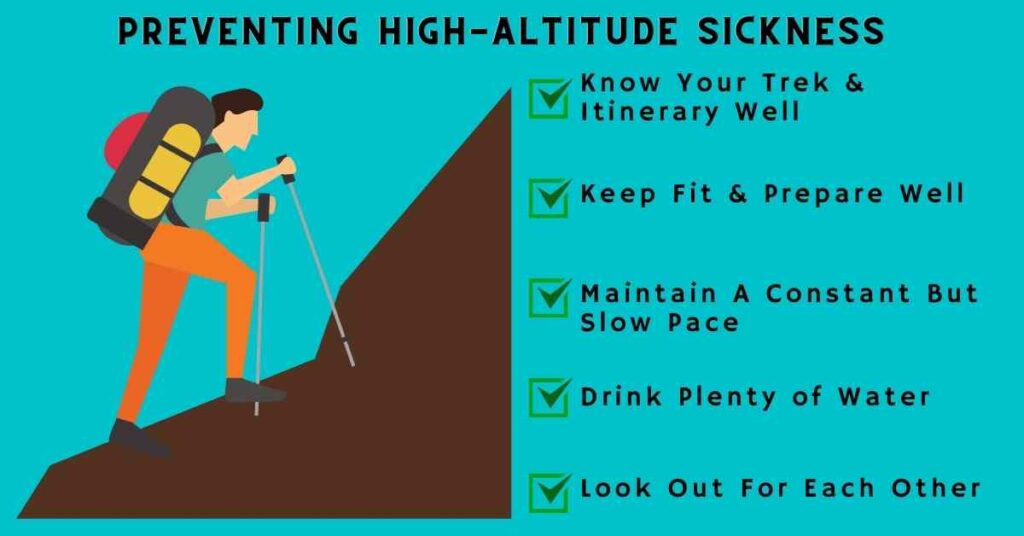
high altitude sickness ams Infographic
My Trek Starts Tomorrow, Should I Start Taking A Diamox Today?
This probably is the most common question we get asked by people who are coming for a high altitude trek with Adventure Pulse. Though we aren’t medically qualified to answer this question as it involves consumption of medicine, we have immense practical experience on usage of Diamox and seeing effects of Diamox on people in high altitude. Simply putting It, Diamox is a blood thinner which helps the body to acclimatize better. Personally, I usually advise not taking Diamox before the start of a trek and there are two reasons for this – (1) Try & acclimatize naturally – if you do the above things right there is a high chance that you would acclimatize naturally and would not need to pop a pill (2) Use Diamox as a reactive medicine in case of symptoms and not as a preventive medicine for High-altitude sickness.
Please note: That the above note about Diamox is purely based on a personal view of my usage of the medicine and is not a medical or a scientific view. We would recommend speaking to a qualified doctor in case you would like to start using Diamox before your trek.
Conclusion: Conquer High-Altitude Sickness and Trek Safely
Preventing high-altitude sickness is key to a safe and enjoyable trekking experience, whether you’re scaling Mount Everest or exploring other high-altitude peaks. With over 50 high-altitude treks and climbs under my belt, I’ve shared five proven tips—knowing your itinerary, staying fit, pacing yourself, hydrating well, and looking out for each other—to help you tackle acute mountain sickness (AMS). These strategies have kept my teams safe, from a 6-year-old at Everest Base Camp to a 72-year-old on Kilimanjaro. Ready to trek with confidence? Contact Adventure Pulse at [email protected] to plan your high-altitude adventure. Follow us on Instagram @umangxdave for more trekking tips, and check our safety guides at adventure-pulse.com/safety. Start your journey today!
FAQs About High-Altitude Sickness and Trekking Safety
1. What is high-altitude sickness?
High-altitude sickness, or acute mountain sickness (AMS), occurs above 2,500m (8,000 feet) due to low oxygen levels. Common symptoms include headache, nausea, and fatigue, affecting anyone regardless of fitness.
2. How can I prevent acute mountain sickness on a trek?
Prevent AMS by acclimatizing properly (gaining no more than 300–350m daily), staying hydrated (4–4.5 liters/day), maintaining a slow pace, and monitoring symptoms with an oximeter. Check our guide at adventure-pulse.com/ams-prevention.
3. What are the symptoms of high-altitude sickness?
Symptoms of high-altitude sickness include headache, nausea, loss of appetite, dizziness, and shortness of breath. Use an oximeter to check oxygen levels and consult your trek leader immediately.
4. Should I take Diamox for high-altitude trekking?
Diamox (Acetazolamide) aids acclimatization but should be used reactively if symptoms appear, not preventively. Consult a doctor before use, as advised by Adventure Pulse’s experienced guides.
5. How do I prepare for high-altitude trekking?
Train with cardio (hiking, running) 2–3 months prior, practice with a backpack, and study your trek’s itinerary for acclimatization days. Fitness reduces AMS risk, per Adventure Pulse’s 100% safety record.
6. Is high-altitude sickness dangerous?
Untreated acute mountain sickness can progress to severe conditions like HAPE or HACE. Early detection, rest, and descent are critical. Always communicate symptoms to your trek leader.
7. What gear is essential for high-altitude trekking?
Carry an oximeter, layered clothing, a water bottle (for 4+ liters/day), and a first-aid kit. Rent gear via Adventure Pulse at adventure-pulse.com/gear.
8. How does Adventure Pulse ensure trekking safety?
Adventure Pulse prioritizes safety with experienced guides, oximeter checks, and well-planned itineraries. Our team has safely led trekkers aged 6 to 72 on high-altitude treks like Everest Base Camp.

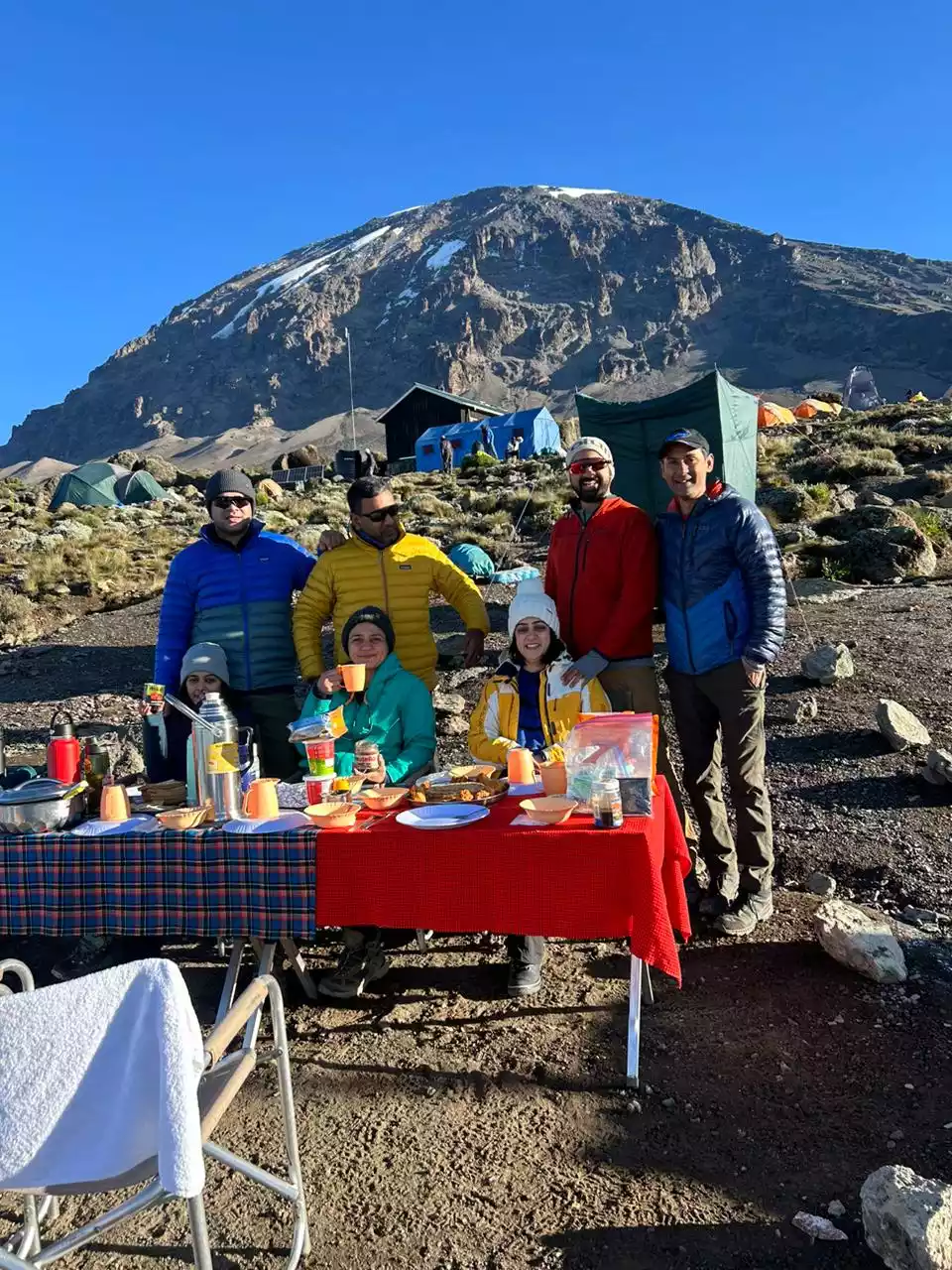
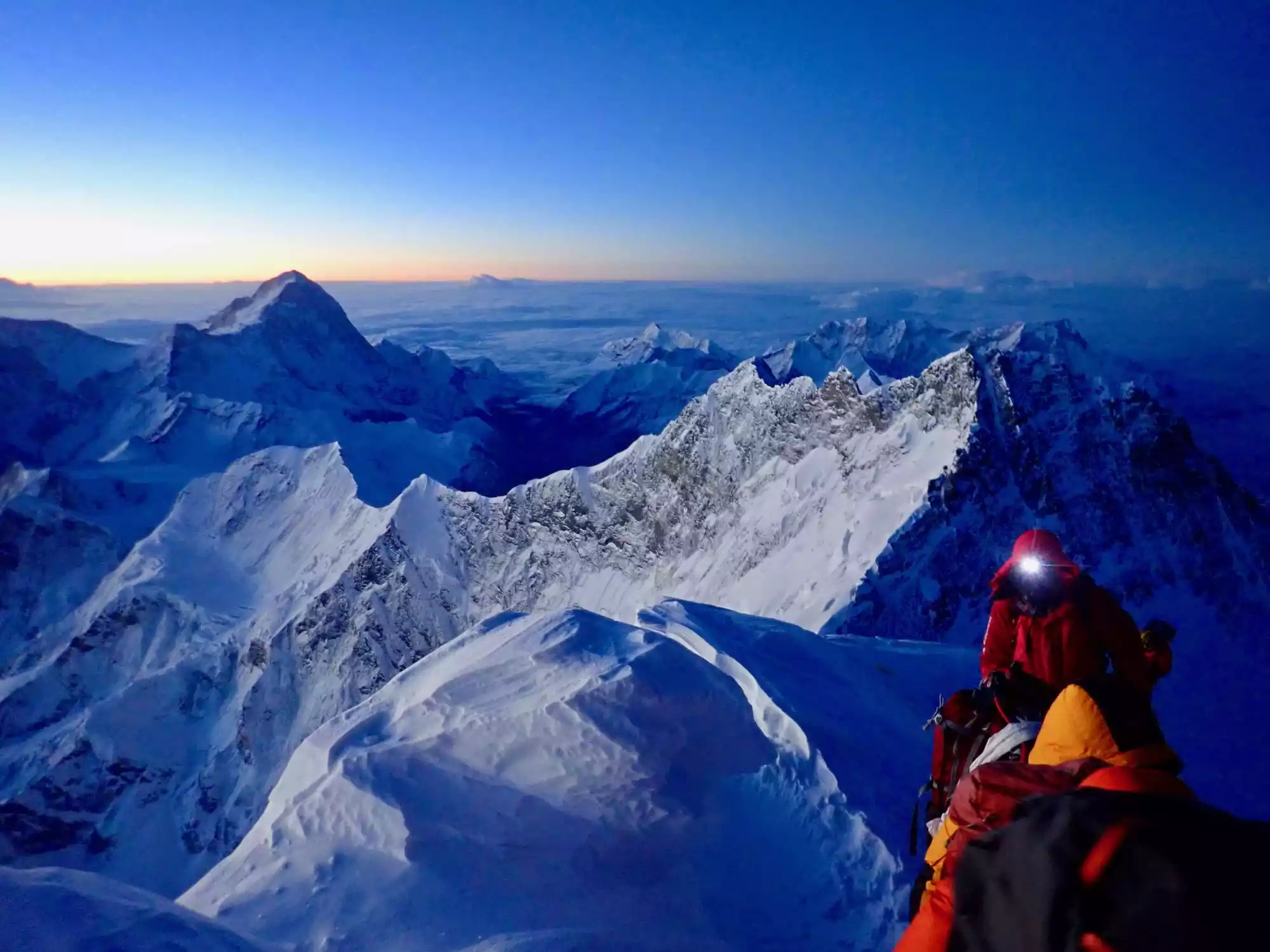
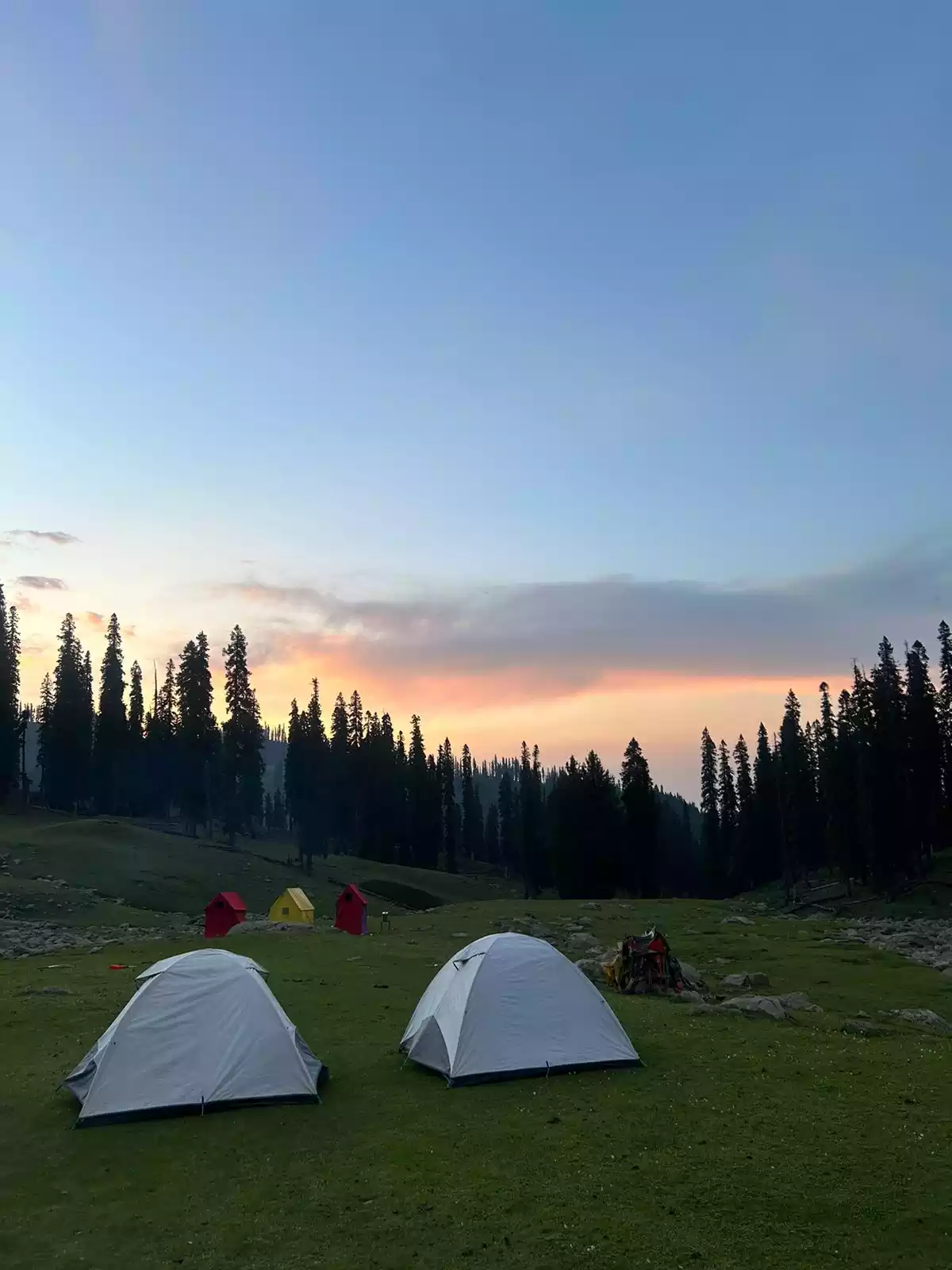
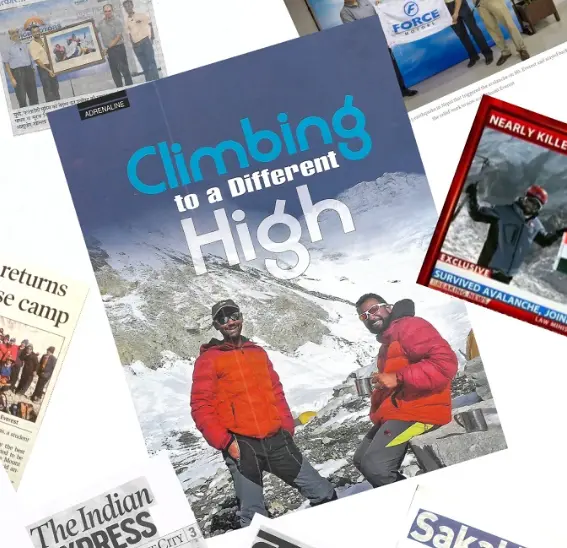
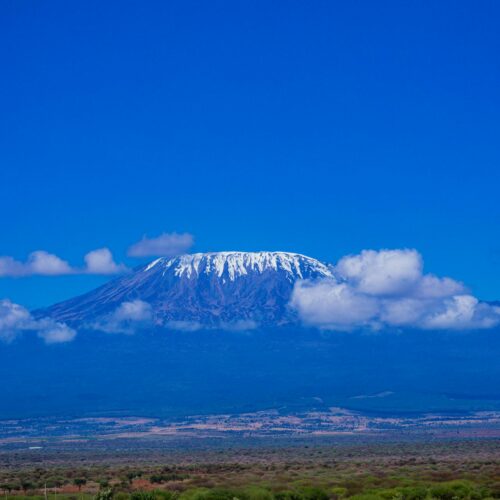


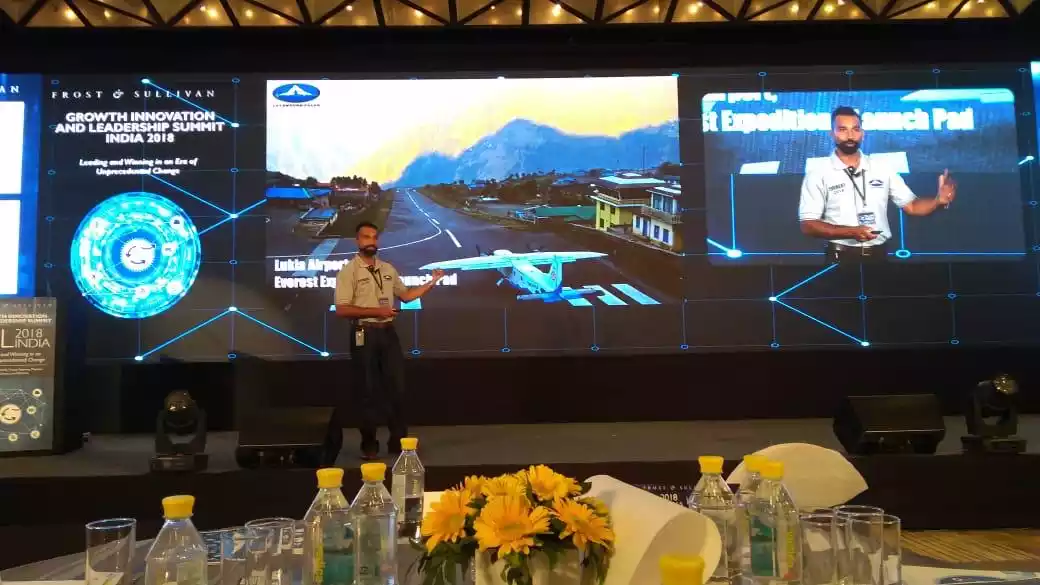
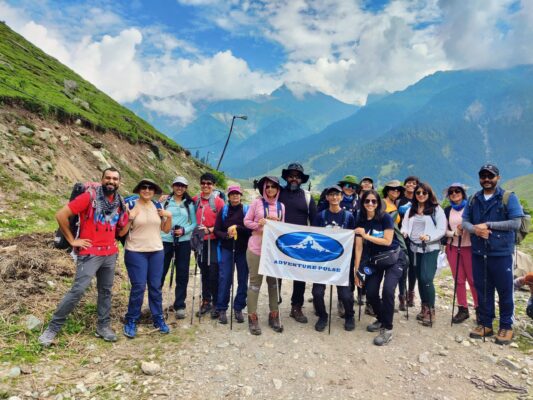
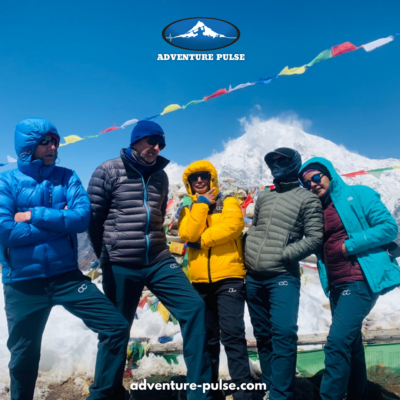
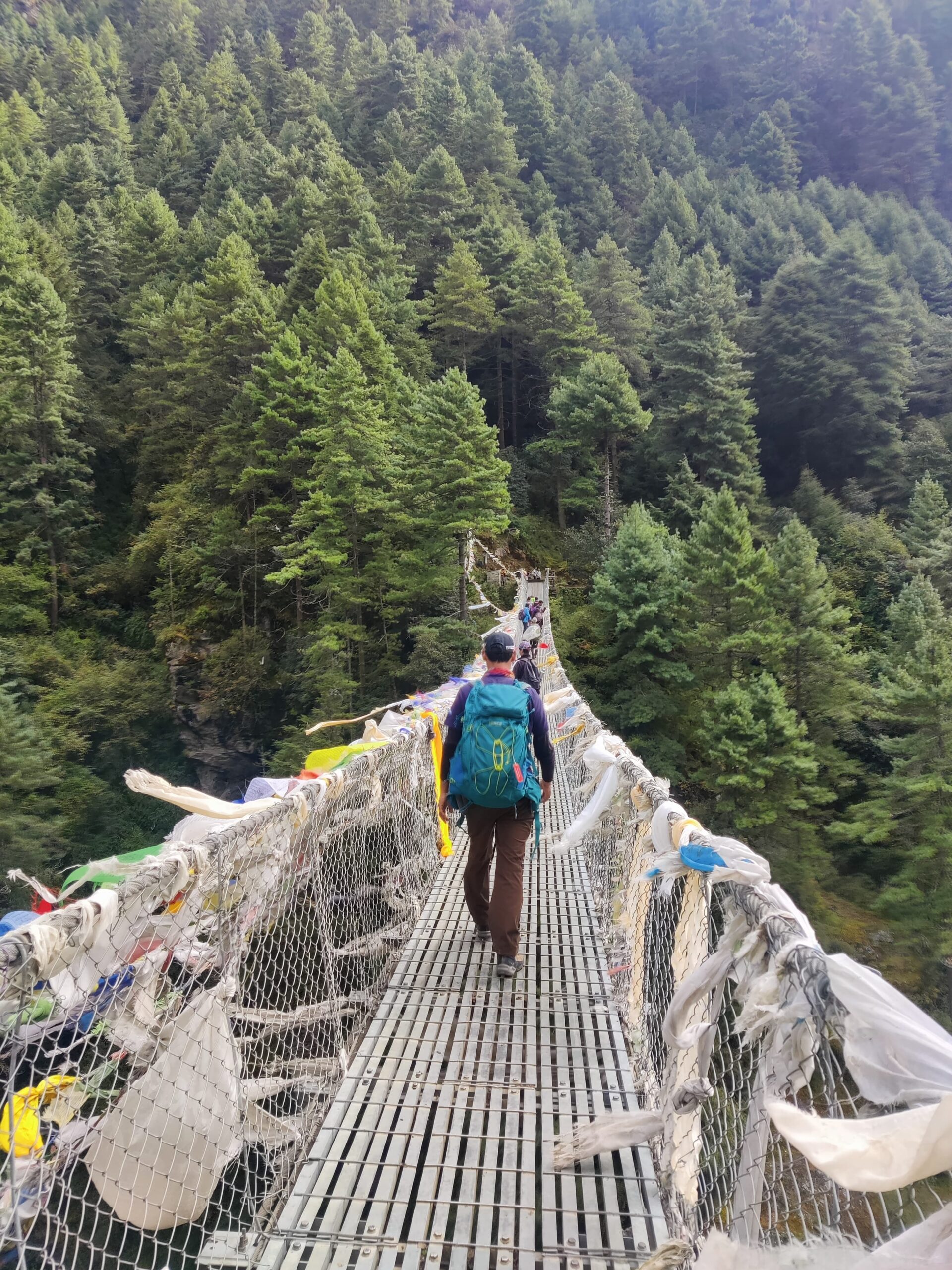
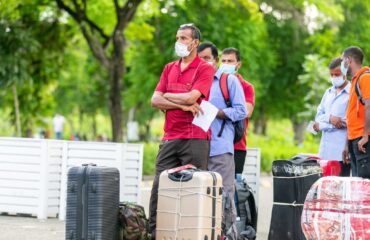
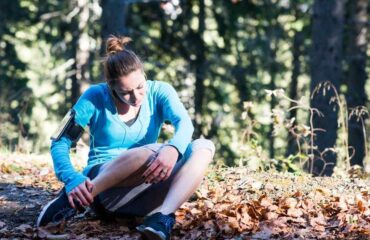
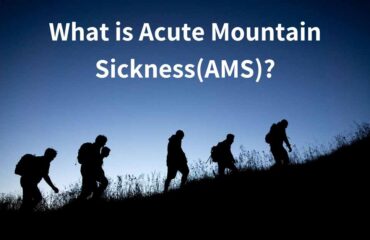
[…] tea and soups also count as hydration. Being adequately hydrated will save you from muscle cramps, AMS and muscle fatigue. If you can’t remember when you had water last, take a […]
[…] us get acquainted with the campsite. That evening, we went for a short walk nearby, as a sort of short acclimatization hike. This was also the time we first encountered a ton of snow. So naturally, a load of pictures and an […]